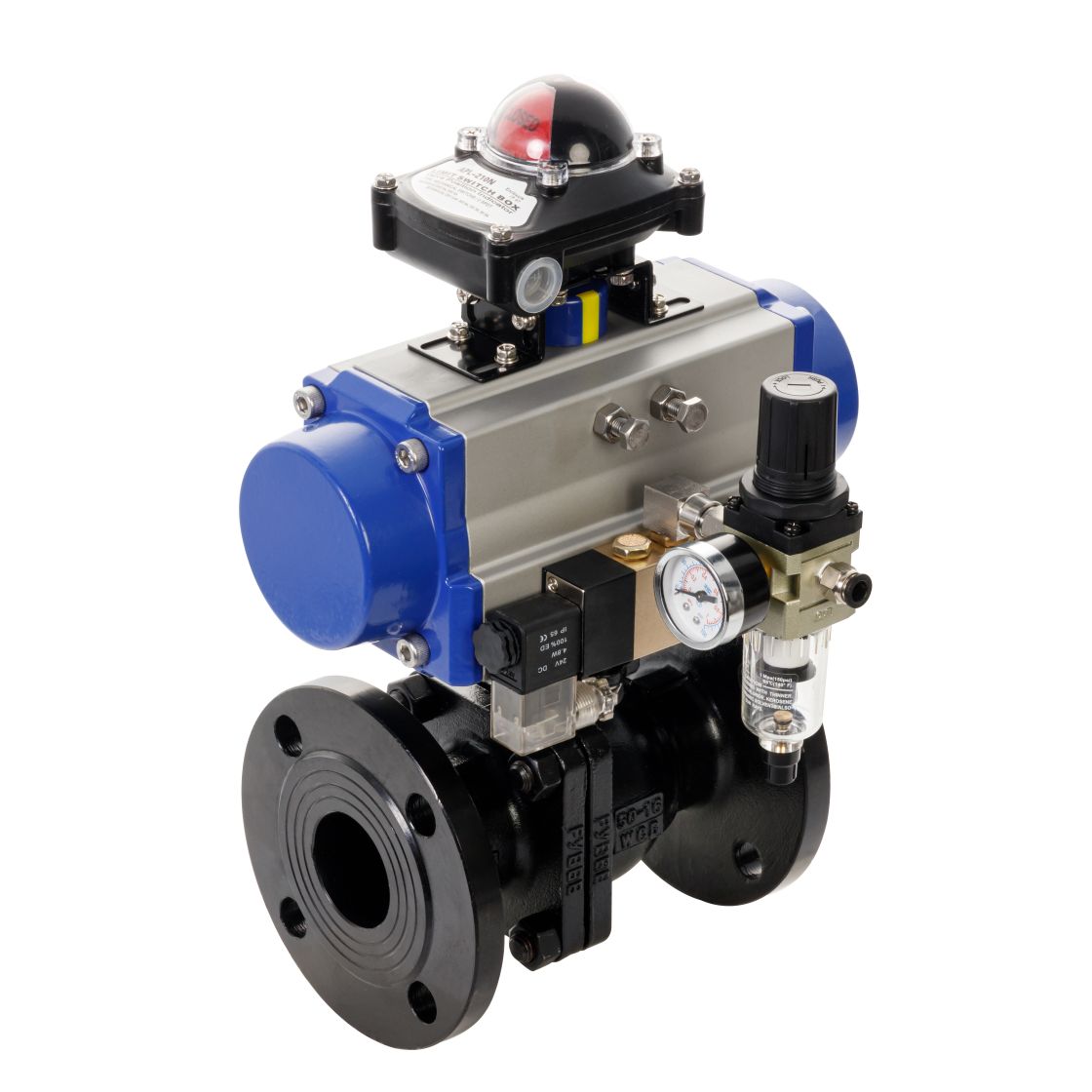
The shift towards renewable energy sources is rapidly transforming the global energy landscape. Among these sources, hydrogen energy is emerging as a key player in the drive for sustainable, carbon-free power solutions. As industries strive for greener technologies, components that facilitate the effective transport and control of hydrogen are becoming increasingly vital. One such component is the Hydrogen Energy Pneumatic Ball Valve, a device that plays a crucial role in the efficient management of hydrogen in industrial processes.

What is a Pneumatic Ball Valve?
A pneumatic ball valve is a type of valve operated by compressed air to control the flow of liquids or gases in a pipeline. It consists of a spherical ball with a hole in the middle, which rotates to open or close the valve, regulating the flow of the medium. The key feature of pneumatic ball valves is that they are controlled by pneumatic actuators, which use pressurized air to move the valve into its desired position. This contrasts with manual or electric actuators, offering faster and more reliable operation, especially in environments where quick shut-off or flow control is necessary.
